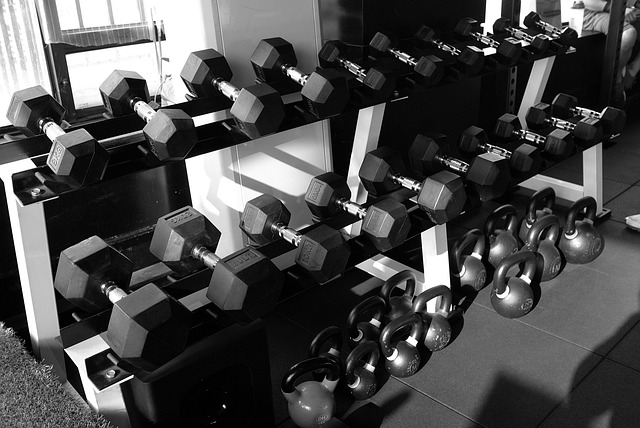In the world of fitness, where high-intensity workouts often steal the spotlight, low-intensity cardio is an unsung hero, quietly making significant impacts on our health and wellness. Low-intensity activities, such as walking, leisurely biking, or gentle swimming, can provide remarkable benefits for those looking to enhance their fitness without the strain of high-impact exercises.
One of the most appealing aspects of low-intensity cardio is its accessibility. Whether you are a fitness novice or an experienced athlete, low-intensity training can easily fit into your routine. Unlike high-octane sessions that can leave you feeling drained, low-intensity workouts allow you to engage in physical activity for extended periods. This makes it easier to stick with a training regimen over time, leading to sustainable habits that cultivate long-term health.
An essential benefit of low-intensity cardio is its ability to enhance cardiovascular health. When performed consistently, these activities improve blood flow, lower resting heart rates, and effectively reduce the risk of heart disease. This type of training keeps your heart engaged and conditioned while minimizing the risk of injury often associated with more vigorous exercises.
Additionally, low-intensity cardio has a pivotal role in promoting fat burning while sparing muscle mass. When we engage in low-intensity activities, our bodies utilize fat as a primary energy source, making it an effective strategy for weight management. For individuals wanting to lose or maintain weight, integrating low-intensity sessions into weekly training can be a game-changer.
Moreover, the mental health benefits of low-intensity cardio cannot be understated. Engaging in activities like walking in nature can significantly reduce stress levels, improve mood, and increase overall mental clarity. These gentle workouts create an opportunity for mindfulness, allowing individuals to connect with their surroundings, breathe deeply, and escape the hustle and bustle of daily life. Such moments of tranquility can provide a much-needed respite from the demands of modern living, fostering a healthier mind and body.
Low-intensity cardio can also be remarkably versatile. You can easily blend it into your daily routine, whether it’s opting for a walk during lunch breaks, riding a bike to the store, or enjoying a swim at your local pool. The key is to find activities that you genuinely enjoy, transforming your workout from a chore into a pleasurable experience. This joy derived from movement can vastly affect your consistency and commitment to fitness.
Furthermore, for those who might be recovering from injuries or have limitations that prevent high-intensity training, low-intensity cardio serves as a safe alternative. These activities allow individuals to stay active and engage their muscles without exacerbating injuries or causing further harm. By incorporating low-intensity training into your fitness journey, you can maintain a strong connection with your body and continue progressing towards your health goals.
Ultimately, low-intensity cardio provides an inviting pathway to better health. Its multitude of benefits—improving heart health, promoting fat loss, enhancing mental well-being, and offering versatility—shows that you don’t need to push yourself to the brink to achieve your fitness aspirations. Instead, embracing the simplicity and effectiveness of low-intensity activities may very well unlock a new appreciation for movement and health in your life. So, why not take that first step today and discover how low-intensity cardio can enrich your journey to optimal fitness?



